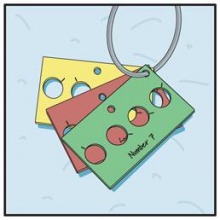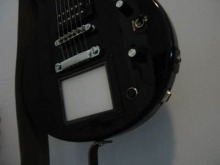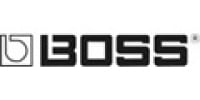multieffects
Effects_unit
Boss ME Series
How to remember effects pedal settings
Submitted by guitar-list on
Make a Lo-FI Arduino Guitar Pedal
Submitted by guitar-list on
Make a USB guitar
Submitted by guitar-list on
Fit a Kaos Pad into a Guitar
Submitted by guitar-list on
Alesis AirFX guitar
Submitted by guitar-list on

















